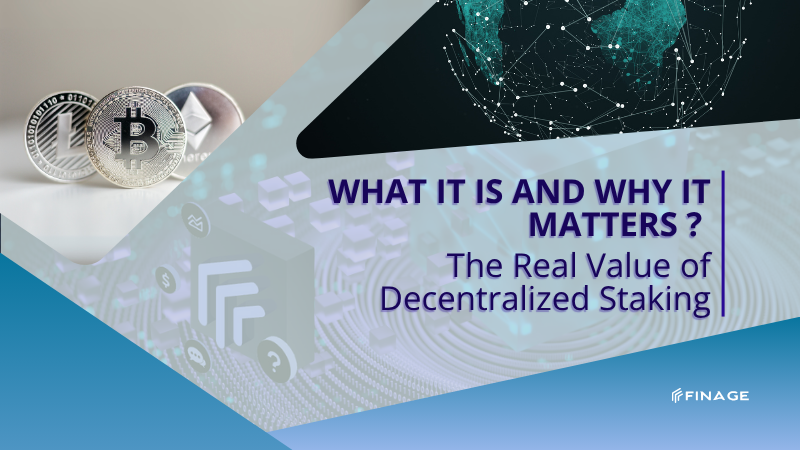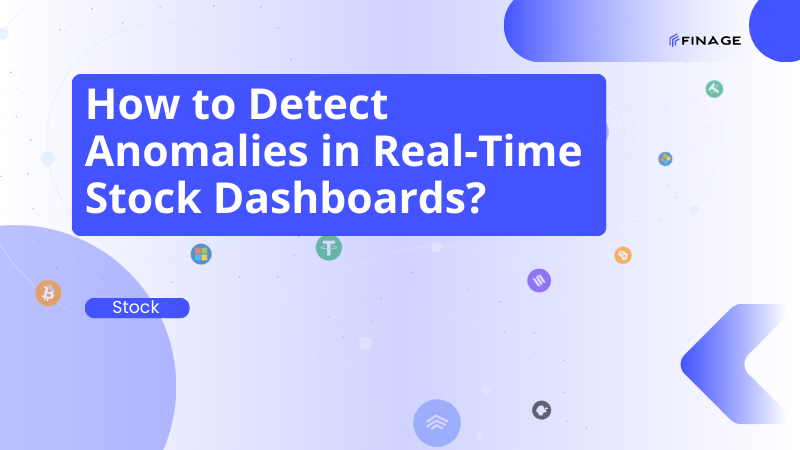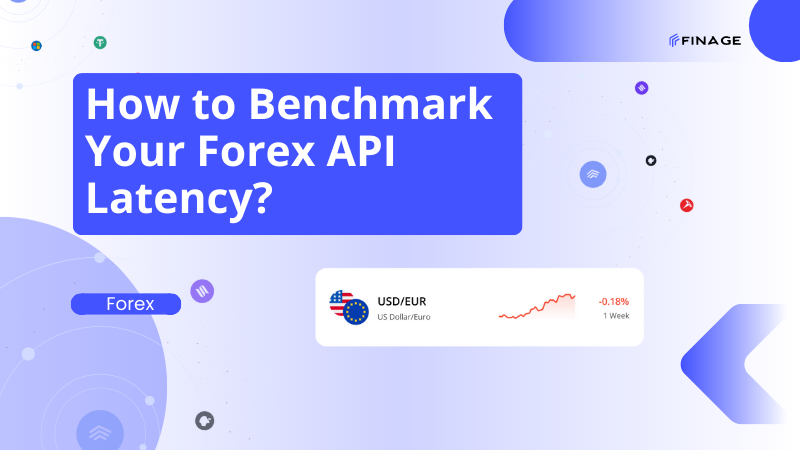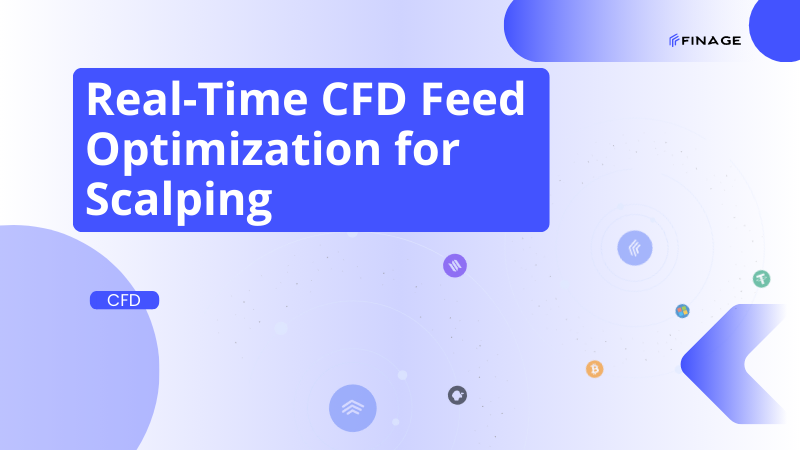The Real Value of Decentralized Staking: What It Is and Why It Matters
5 min read • June 13, 2025

Introduction
It always starts with a simple question. Why is decentralized staking the thing today? Not because it’s new but because it cuts to the core of what blockchains promise. So let’s talk about the system first.
Decentralized staking isn’t some distant vision anymore. You’re probably hearing a lot about crypto staking, LSDs (liquid staking derivatives), validator decentralization and shifting yields across chains. But what does it actually mean for you as an investor, builder or someone integrating crypto data into your app? It is also crucial to check facts, trends and data tools you’ll need if you’re serious about building or investing around staking. Especially if you’re working with a Cryptocurrency Data API or designing something that pulls in real-time market data or token rewards.
Contents:
- The Shift: Staking as a Social Signal
- What Is Decentralized Staking?
- Key Features
- Why It Matters
- From Convenience to Connection: How Staking Got Personal
- Final Thoughts: How Finage Can Help You Here
The Shift: Staking as a Social Signal
Staking isn’t just economics anymore. It’s social and it’s expressive. To stake is to choose a validator. And increasingly, that’s not just about rewards, it’s about trust, philosophy and politics. So here is a quick recap: if you stake crypto, you’re locking your tokens to support network operations or let’s say you are:
- Validating transactions
- Securing the chain
- Earning rewards
Now, if you do that through a centralized exchange like Coinbase or Binance, you’re trusting them to run the validator node. Decentralized staking takes that power away from central players and spreads it across a network of independent validators or smart contracts.
This shift parallels broader changes in how Web3 is reshaping financial infrastructure—not only making data access more open but also redistributing power across ecosystems, as seen in emerging models of decentralized finance and network-driven data protocols that challenge traditional gatekeepers.
What Is Decentralized Staking?
So here we come to the idea that decentralized staking is about staking crypto assets (usually in proof-of-stake networks like Ethereum) without relying on a central platform or third-party custodian. Instead of giving control of your assets to a centralized exchange or staking service, you either:
- Run your own validator node (full control, but technical) or
- Delegate your stake directly to a validator via a non-custodial wallet (you keep your private keys)
This means that your assets stay in your wallet (or in a smart contract you control), and the rewards are paid out transparently based on network rules, not platform policy.
Key Features
|
Feature |
Decentralized Staking |
Centralized Staking |
|
Control of private keys |
You keep them |
Platform holds them |
|
Who chooses the validator? |
You |
Platform decides |
|
Custody risks |
Lower |
Higher (can freeze or lose funds) |
|
Regulatory exposure |
Lower |
Often higher due to custody classification |
|
Transparency |
On-chain |
Often limited or hidden |
You can see that with centralized staking, you're giving your tokens to an exchange or platform that manages the staking process for you. They hold your private keys, choose the validator and decide how much of the reward you get.
With decentralized staking, you keep your keys and choose the validator yourself. The process is transparent and your funds never leave your wallet or the smart contract you interact with.
Why It Matters
Users are becoming more cautious. They don’t want to stake blindly, especially after seeing exchanges freeze withdrawals or collapse. Decentralized staking gives them:
- Control over where their tokens are used
- Clarity over how rewards are calculated
- Security against platform failure or seizure
From Convenience to Connection: How Staking Got Personal
Let’s be honest: the first wave of proof-of-stake was always going to centralize. Laziness is a feature of most humans. Delegators picked Coinbase, Binance, Kraken not because they trusted them more, but because they were there. We accepted that trade-off. But the stakes have changed (pun semi-intended). In a world where ETH staking yields beat treasuries, and where billions of dollars flow into restaking protocols and modular appchains, the old system starts to feel insufficient. That’s not sarcasm. That’s a real concern.
There’s a beautiful quote in Jonathan B’s interview with Reid Hoffman: “This is just another entity… another entry into this panoply of relations we have.” That line applies perfectly to decentralized staking. We are starting to relate to validators not as faceless infrastructure, but as social agents. Run by friends or by local communities. Some validators run education programs. Some donate to public goods. It’s progress. In this sense, staking is no longer technical. It’s political. It’s cultural. It’s deeply human.
Final Thoughts: How Finage Can Help You Here
The early internet was supposed to be decentralized too. Then it wasn’t. But that doesn’t mean it can’t be again. Decentralized staking isn’t just a technical trend. It’s a test. Whether we want to build systems that reflect the complexity of human relationships or just outsource everything to bots and billionaires, this time, we might just get it right.
If you’re still relying on centralized exchanges for staking, you’re not just missing rewards, you’re missing data, signals and control. Whether you’re trading, building or analyzing, decentralized staking needs to be part of your strategy.
With Finage, you can use real-time tools and compare staking APYs vs. traditional yields. You can also monitor validator health, and always track regulatory risks using real-time financial news APIs. It is essential to get access to some of the best financial data APIs for trading platforms.
You can get your Real-Time and Historical Cryptocurrency Data with a free Crypto Data API key.
Build with us today!
Claim Your Free API Key Today
Access stock, forex and crypto market data with a free API key—no credit card required.

Stay Informed, Stay Ahead
Finage Blog: Data-Driven Insights & Ideas
Discover company news, announcements, updates, guides and more


